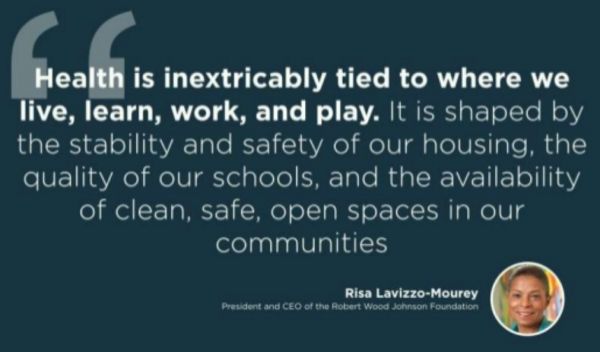Health & Wellbeing in Commercial Real Estate
By Bryan Hadick, 12 December 2016

On Wednesday, 7 December 2016, TE Greengineers attended the Health & Wellbeing in Commercial Real Estate conference, presented by GRESB at the world's original green skyscraper, 4 Times Square NYC. This event assembled over 50 professionals representing a diversity of roles, knowledge, and experience, united by the shared goal of advancing the performance of our built environment in providing for the health of human occupants.
Health centered design (HCD) is an emerging awareness that is redefining buildings' missions from the necessity of comprehensive human-oriented systems. It uses the relation of habitat and inhabitant as a premise for critical decisions, with a basic understanding that the quality of habitat which buildings provide their occupants is a primary determiner of the quality of living and working that occupants can achieve within them. HCD is beginning to influence the design, financing, construction, sales, and operation of buildings, and is inspiring new strategies for innovation.
The International WELL Building Institute states, "We believe that people's health and wellness should be at the center of design." The wellness priority unifies objectives of urban planning, social justice, sustainable design, and public health. It calls on investors, property developers, architects, non-profit organizations, health services researchers, and community leaders to collaborate in new ways, pursuing new goals under redefined visions of success. Emphasis on these partnerships was articulated in a number of important ideas put forth for consideration by conference presenters, including:
- What standard metrics can be utilized for executing biophilic design?
-
Who are our partners for establishing and elevating industry-wide best practices?
-
Are we working with impact investors to drive wellness initiatives in our projects?
-
How can we transition from random acts of health into systemic practices of wellbeing?
Thinking about the built environment in terms of human health is a natural progression for sustainable building professionals. Sustainability standards have encouraged us to consider the performance of buildings in terms of air quality, energy, waste, water, and renewable resources, but have also established a reduction-from-baseline sensibility where lessening negative impacts on the outward environment has equated with positive building performance. HCD continues to rely upon this program of minimizing harm, but places a greater responsibility upon buildings to engage directly in the creation of beneficial local environments. HCD can be a key mechanism for transitioning our design thinking from 'doing less harm' to 'doing more good.'
When paired with sustainability, HCD is the frontier of innovation in property development. It is working to advance our expectations of the built environment and to help buildings optimize their function. TE Greengineers is excited to support this initiative and to take part in bringing the built environment onto new levels of healthy, fair, green performance.